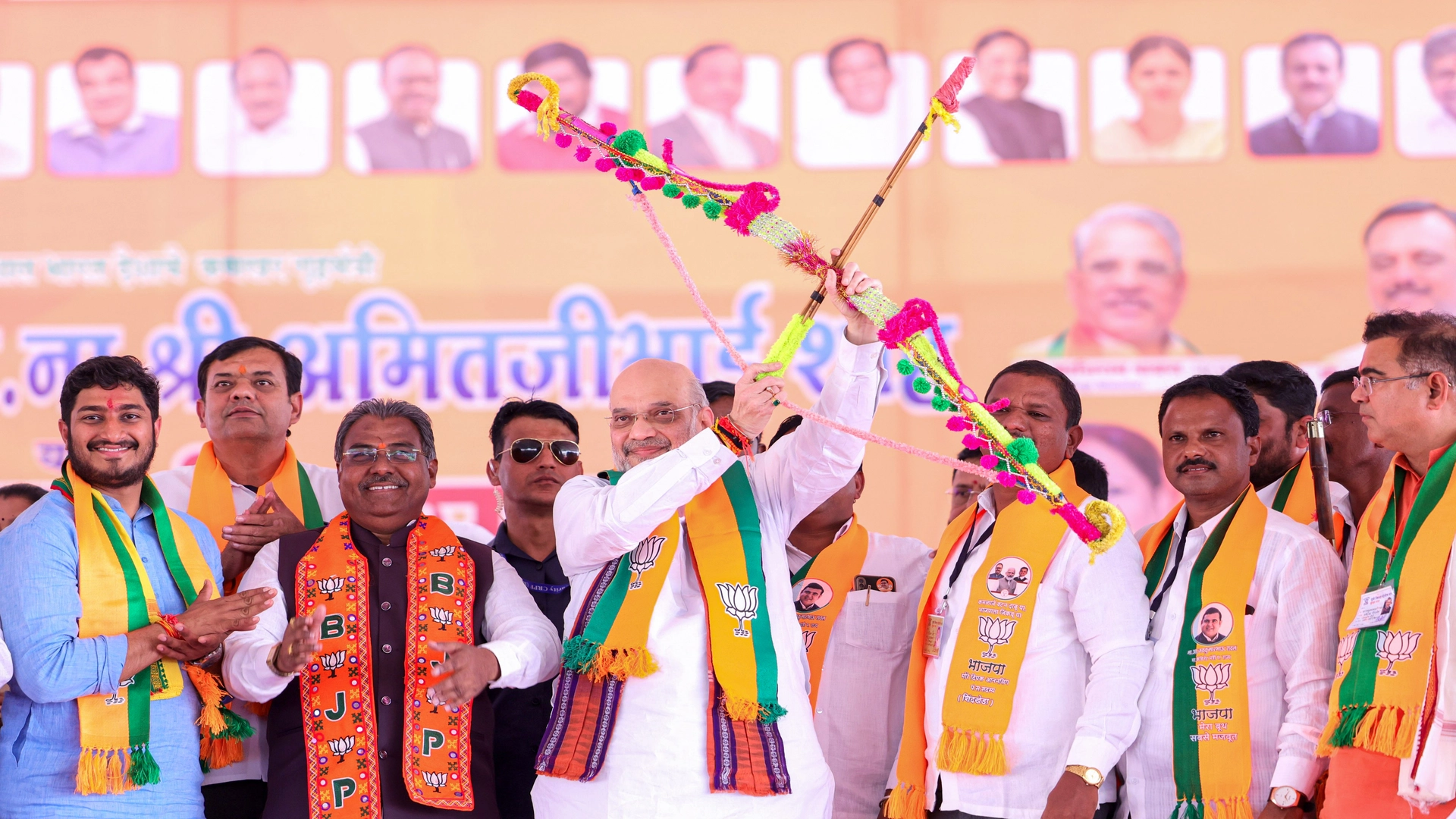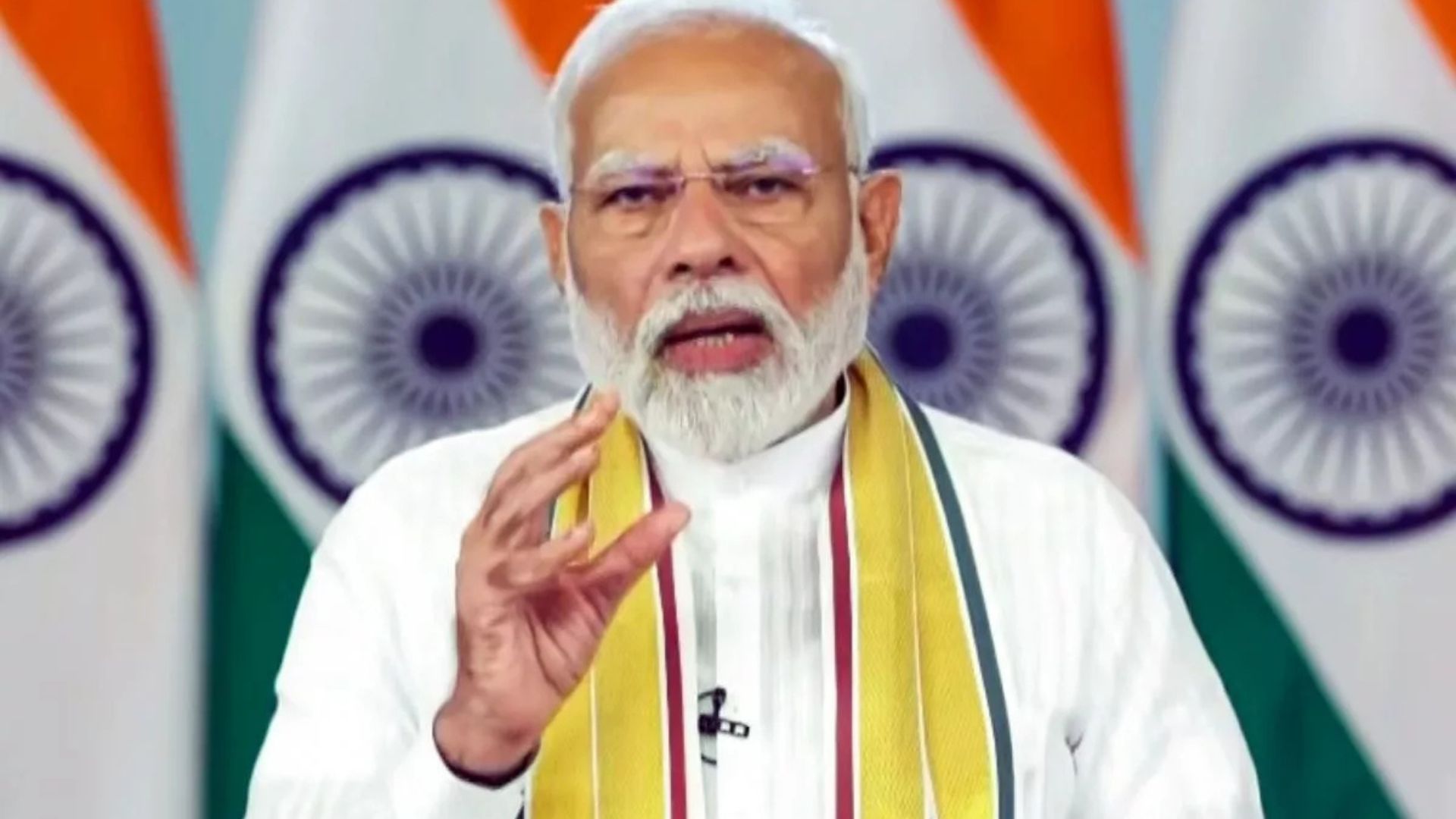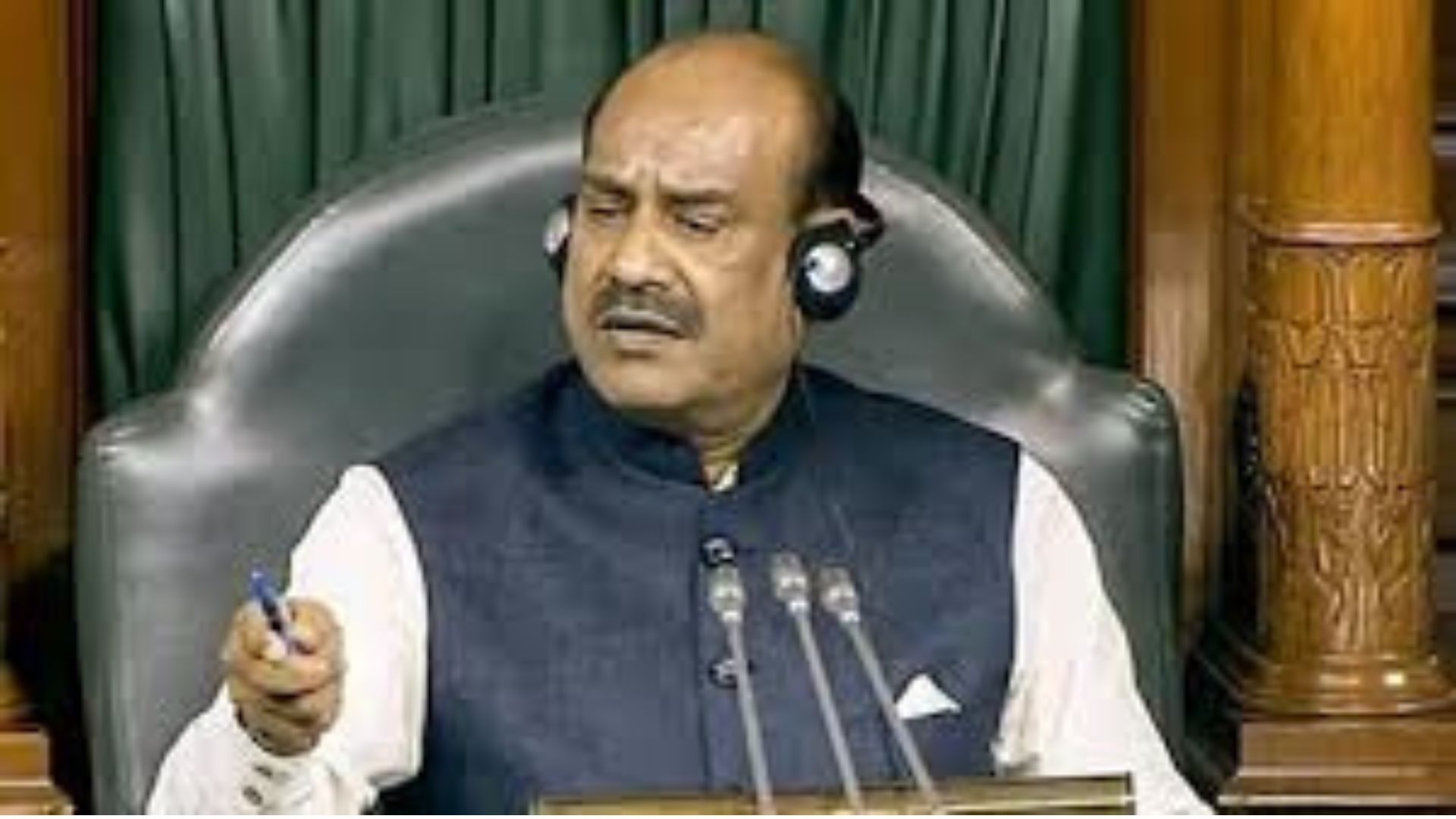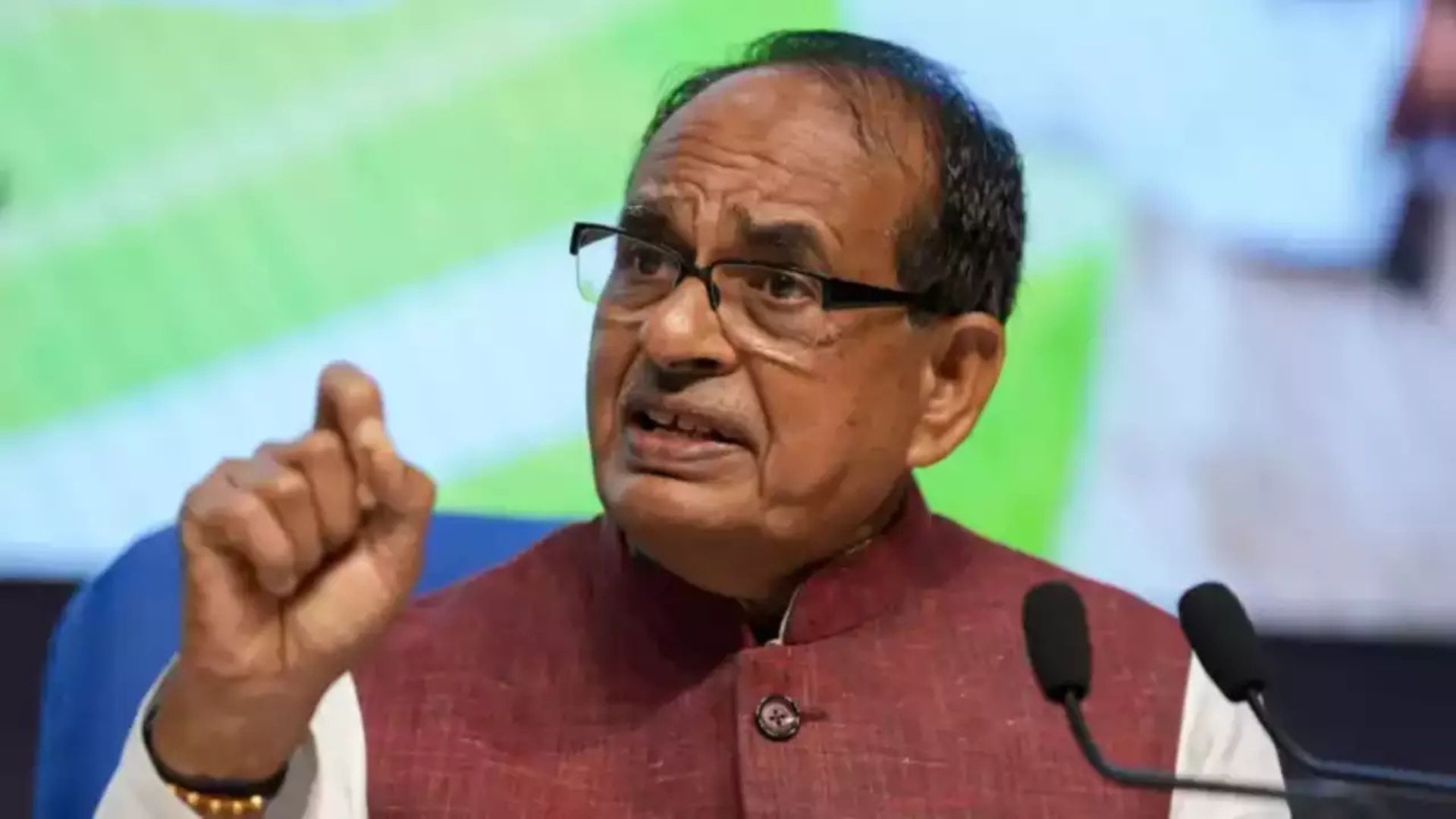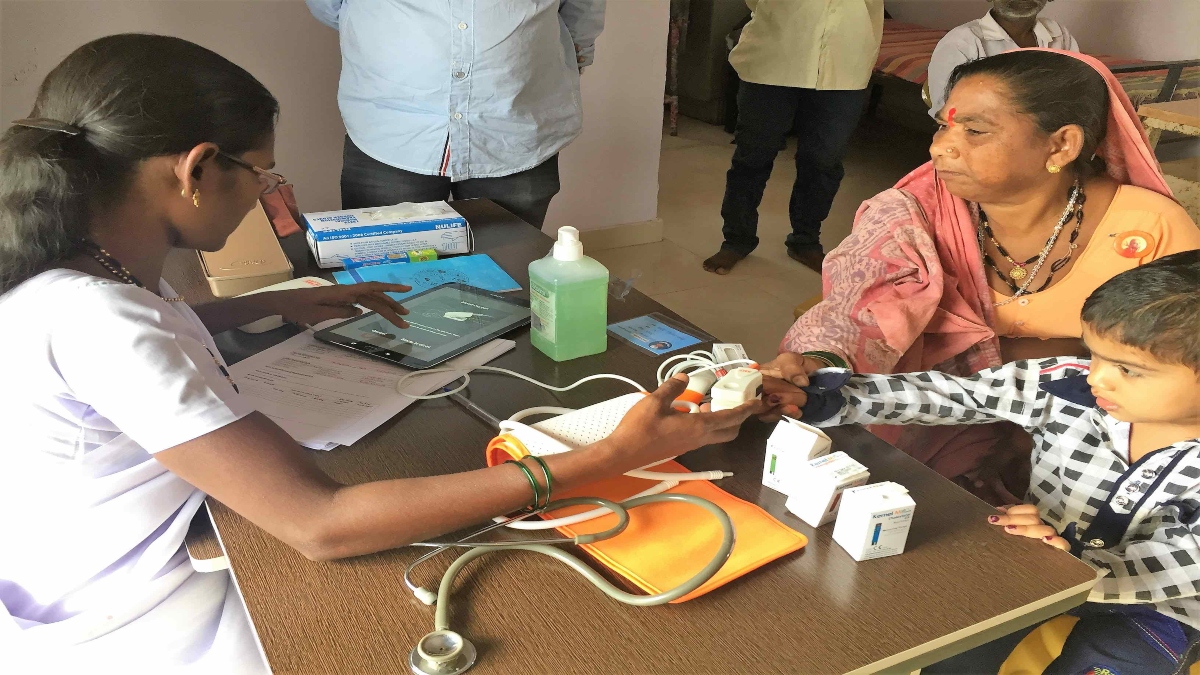
In spite of the need for healthcare services for a population of over a billion people, healthcare has never been a mobilising force during elections in India. Only three National Health Policies (1983, 2002 and 2017) have been promulgated over the last 70 years in India. National policies are often preceded by the commitment of political parties in their election manifestos. And now, with the Covid-19 crisis, for the first time in the history of independent India, healthcare infrastructure (alongside the Covid vaccine) has become a top issue in electoral agendas.
The National Health Policy (NHP) 2017 had proposed to strengthen Primary Health Centres (PHC) by investing two-thirds or more of government health spending on the PHC system, with an increase in overall government funding for health to 2.5% of the Gross Domestic Product by 2025, as against 1.18% in 2015-16. This was followed by the Ayushman Bharat Program (ABP) being announced in February 2018, which had two components from the outset—Health and Wellness Centres (HWCs) and the Pradhan Mantri Jan Arogya Yojana (PMJAY) which focused on secondary, tertiary and quaternary hospital-based care.
The wellness centres can be banked upon to strengthen the PHC system which, in the truest sense, has the capability to take care of 80% of health issues of the masses, upgrading the 150,000 PHCs in the current government health system. AB-HWCs appear more promising than all earlier initiatives (like the National Health Mission launched in 2005) to strengthen and deliver comprehensive PHC services because it has a stronger focus on service delivery (with 12 services) and pays enough attention to preventive and ‘promotive’ health services.
The effectiveness and success of HWCs will depend upon a rapid transition from the policy stage to an accelerated implementation stage, with due focus on both supply and demand side interventions, dedicated and increased funding by the union and state governments, appropriate use of information and communication technology, and the right engagement of the community and civil society. Sustained political interest and monitoring is vital for the overall implementation to scale up the system.
Due visibility and priority must be given to AB-HWCs as a vehicle to strengthen primary health care services. Of the two components in ABP, HWCs seem to be getting comparatively less attention, in spite of the recognized fact that a well-functioning primary care centre can manage most health issues. However, the component of AB-HWCs is a more difficult one to implement than the insurance-based AB-PMJAY. Thus, there is a need to bring attention back to AB-HWCs and make them politically visible through advocacy and evidence.
The first primary health centre was established in 1952. The system has evolved since then and there is a vast network of nearly 200,000 Government Primary Health Care Facilities (GPHCFs) now, both in rural and urban areas. However, the existing GPHCFs deliver a narrow range of services, due to a variety of reasons, including under-equipped infrastructure and non-availability of providers. Excluding health services for mothers and children, only 11.5% of rural people and 3.9% of urban people in need of health services use this vast network. People in India either choose higher level government facilities for primary healthcare or attend a private provider (with out of pocket expenditure). Both of these situations reflect an unhealthy healthcare system, with wastage and misuse of services.
Educated India knows that our country figures at the very bottom of the index of global health systems. We have the unenviable status of having the highest number of tuberculosis and leprosy patients as well as the highest maternal mortality and infant mortality rates.
The focus should shift from the Bhore Committee report of 1946, which highlighted the need for a ‘social physician’ who is a key player in India’s health system. The report emphasised the need to recognise the field of family medicine as a separate specialty with a postgraduate residency programme in PG medical institutes. But none of these have seen the light of implementation yet. In higher-level hospital-based service, primary care physicians (PCPs) have been underutilized, devalued and depicted as paper-pushers in the world of specialists.
Our medical education system also needs to encourage its students to view primary care as a route to creating a more effective health system. The Josiah Macy Jr. Foundation, which is working to improve healthcare in the US, says that, in order to produce more primary care doctors who are willing to practice in disadvantaged and underserved areas, besides providing financial incentives, medical schools need to change the way they select students. It is seen that students who have strong ties with their community want to form a long-term relationship and commitment to public service, and thus are more likely to choose primary care (if such training is made available) as a profession than other students. Another reason why our country (or even the US) is facing a shortage of PCPs is because the brightest medical students are often made to believe that they’re too smart not to specialize, and that attitude is reinforced throughout their medical training.
What is special about Japan in this context is that it has managed to contain the clout of specialists in its healthcare system and accorded a prominent voice to its primary care practitioners (PCPs) in its decision making process. In the early days of Japan’s history with modern medicine, hospitals catered to only an affluent few, but soon the government limited the funding of hospitals, restricting them to functions like the training of medical students and isolation of infectious cases. Reciprocal connections between doctors in private clinics and hospitals were forbidden, thwarting possibilities of a nexus between the two groups. A sturdy lobby of clinic-based PCPs also evolved, who tipped the balance in favour of primary healthcare.
Healthcare expenditure by the government is low by all standards—much lower than many non-democratic and poorer countries, and ahead of only five countries, namely, Burundi, Myanmar, Pakistan, Sudan, and Cambodia. Such low spending, as we know, leads to a perverted pattern of healthcare, especially when the system needs to cater to a population of over a billion.
There is empirical evidence that public spending for primary healthcare is the most effective, efficient and equitable approach to improve the health of populations. The Centre for Economic and International Studies, in an analysis of 163 countries, reported that public spending consistently leads to lower infant mortality rates. A few countries in South America have also, with limited resources, managed to design and scale up people-friendly health systems to cover large populations. Family clinics in Brazil and polyclinics in Cuba are examples of such systems with nationwide coverage.
An important requirement of primary healthcare is the active participation of the masses—akin to citizen participation in democracy. Such systems are likely to be more responsive to the needs of the public. In the states of West Bengal and Kerala, where primary healthcare is co-managed by panchayats, health outcomes are better than in most other states at similar levels of economic development. There are roles for technical experts, professional associations and civil society representatives in ensuring that the PHCs are not lost in the noise for more secondary and tertiary care services. Thus, people in this country need to step up and demand for better primary healthcare services from their elected representatives.
The writer is a medical doctor (pathologist) and holds an MA in creative writing from the University of London.


